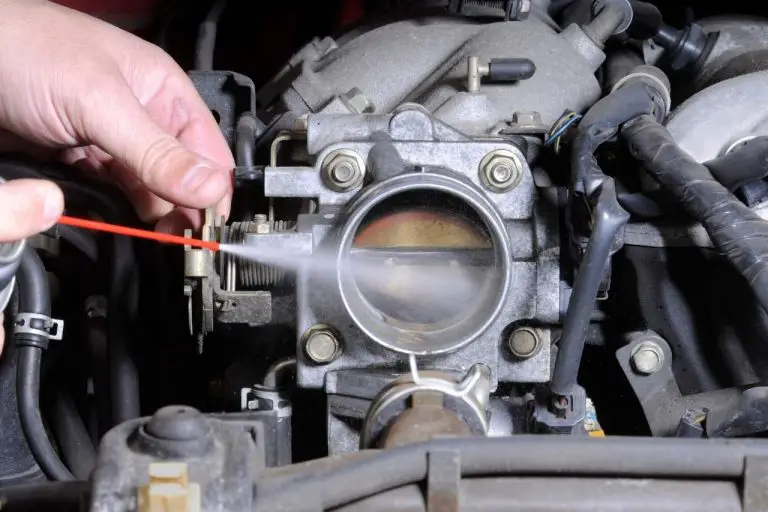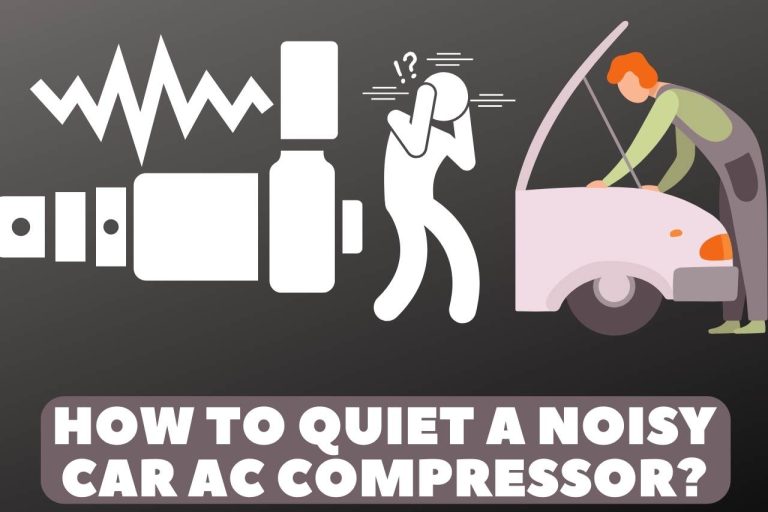Transmission Over Temp Jeep Commander: Fixes
In a Jeep Commander or comparable vehicle with an automatic transmission, the dashboard may display the warning sign “Transmission Over Temp.” This alert often denotes that the temperature of the transmission fluid has risen above a safe working range. Transmission fluid is used by automatic transmissions in cars like the Jeep Commander to lubricate and cool its internal workings. Today, in This Article We Will Discuss “Transmission Over Temp Jeep Commander”.
The components of the transmission may experience rapid wear and tear, which could result in damage and decreased performance, when the transmission fluid becomes too hot. The “Transmission Over Temp” notice is intended to inform the driver of this problem so they can take the necessary steps to stop more harm from occurring.
What Are The Typical Reasons For A Jeep Commander’s Transmission To Overheat?
- The transmission may experience increased stress from towing heavy loads or moving freight, making it work harder and producing more heat. If the car lacks a gearbox cooler built to withstand the additional load, this could cause the engine to overheat.
- Traffic jams, driving up steep hills, and negotiating off-road terrain can all significantly tax the transmission. The transmission fluid may heat up quickly as a result of the frequent shifting and increasing power requirements.
- Extreme weather, especially hot temperatures, might make it easier for the transmission fluid to overheat. Heavy driving in hot weather can raise the temperature of the transmission.
- The ability of transmission fluid to efficiently dissipate heat can be lowered by using insufficient or poor-quality fluid. Low fluid levels can also cause more wear and friction, which produces more heat.
How Can I Keep My Jeep Commander’s Transmission From Overheating?
Keep an eye on the load you’re pulling and the weight you’re hauling. Overweight might put stress on the transmission and cause overheating. Make sure your automobile has the required gearbox cooler and towing package if you intend to haul hefty weights.
Smooth braking and acceleration can lessen the transmission’s workload. Avoid abrupt acceleration and hard braking because they can increase the amount of heat produced.
Use lower ratios (such L or 2) when driving in hilly or mountainous terrain to assist control your speed and lessen the strain on the gearbox when descending steep slopes.
Follow the manufacturer’s guidelines when checking the level and condition of the transmission fluid on a regular basis.
Overheating may result from low or deteriorated fluid. Fill up the fluid with the proper kind of fluid if it is low.
Consider installing an aftermarket gearbox cooler if you routinely pull large loads or drive in warm weather. This add-on can aid in more efficient heat dissipation, lowering the possibility of overheating.
Monitor the temperature gauges in your car. Take action to cool the transmission down if you detect the temperature increasing quickly. This can entail slowing down, stopping the engine, and letting it cool.
Observe the maintenance schedule advised by the manufacturer. All parts, including the cooling system and transmission, must be serviced frequently to ensure optimal performance.
The transmission can get too hot if it is left idle for a long time. Put the transmission into neutral or park every so often if you must keep the engine running for an extended period of time to lessen the load on it.

What Symptoms Indicate A Hot Transmission?
- If a “Transmission Over Temp” or similar warning light displays on your dashboard, that is the clearest sign that your transmission is overheated. This light’s purpose is to warn you when the temperature of the transmission fluid rises too high.
- There may be a strong burning odor coming from an overheating transmission. This odor may be brought on by overheated transmission fluid or by heated components expanding and coming into touch with one another.
- Transmission fluid degeneration brought on by an overheated transmission may result in gear slippage. You can experience sluggish or jerky shifting, when the car doesn’t smoothly move into the right gear.
- Components inside the transmission may expand due to overheating and rub against one another, producing odd noises like whining, grinding, or clunking.
Can Towing Lead To Transmission Overheating In My Jeep Commander?
Your Jeep Commander or any other vehicle can experience transmission overheating as a result of towing. The engine and transmission are put under extra strain during towing, which increases heat production. The transmission may overheat and suffer potential damage if it is not designed to withstand the additional heat produced by towing.
Your car gets significantly heavier when you tow, so the engine and transmission have to work harder to carry that weight. The transmission system becomes more heated as a result of the increased workload.
Continual driving is a common requirement when towing, and this continual use can cause the transmission fluid to heat up quickly.
The fluid can become too hot if there aren’t adequate cooling systems in place. The transmission must shift more frequently and work harder when towing over terrain with hills or mountains in order to maintain a constant speed. Transmission fluid temperatures may rise as a result of the increased shifting and load.
Transmission coolers and other supplemental cooling measures are typically standard on vehicles designed for towing. These coolers aid in cooling down the extra heat produced during towing. Without these components, there is a higher chance of overheating with your Jeep Commander.
How Does A Jeep Commander’s Gearbox Cooler Function?
Like in many other automobiles with automatic transmissions, the Jeep Commander’s gearbox cooler works as a component of the cooling system to regulate the temperature of the transmission fluid. Its main function is to dissipate extra heat produced by the transmission during regular operation, particularly in scenarios where the transmission may be under stress, including when towing or traveling through mountainous terrain.
A specific fluid is used by the automatic transmission to cool and lubricate its internal parts. The fluid’s temperature increases as a result of heat absorption from the moving parts as the transmission is in use.
Through designated lines, the transmission fluid is sent to the gearbox cooler. These pipes are frequently attached to the radiator of the car or a different heat exchanger that is placed in front of the radiator. The surface area exposed to airflow is maximized when designing the gearbox cooler.
The cooler’s tubes or fins, which are made to maximize contact with the air around them, are where the transmission fluid passes. Heat is transmitted from the fluid to the cooler’s metal as it moves through these tubes. In addition, the airflow that passes across the cooler assists in removing heat.
The cooling medium, which is normally ambient air while the car moves, aids in bringing the gearbox fluid’s temperature down. Some cars may come equipped with an electric fan that helps when extra airflow is required, such as during heavy loads or hot weather.
The gearbox cooler cools the transmission fluid after which it returns to the transmission to resume the lubrication and cooling cycle. The risk of overheating and excessive wear is decreased thanks to cooler fluid in the transmission.
Here’s An Interesting Video To Watch,
VIDEO CREDITS: Gator Vision YouTube Channel
You May Also Like





![How Long Does a Tire Alignment Take? [The Best Guidance]](https://www.addictscar.com/wp-content/uploads/2023/02/How-Long-Does-a-Tire-Alignment-Take-768x524.jpg)

![Clicking Noise in Dashboard When Car Is Off? [FIXED]](https://www.addictscar.com/wp-content/uploads/2022/10/Untitled-design-17-768x512.jpg)